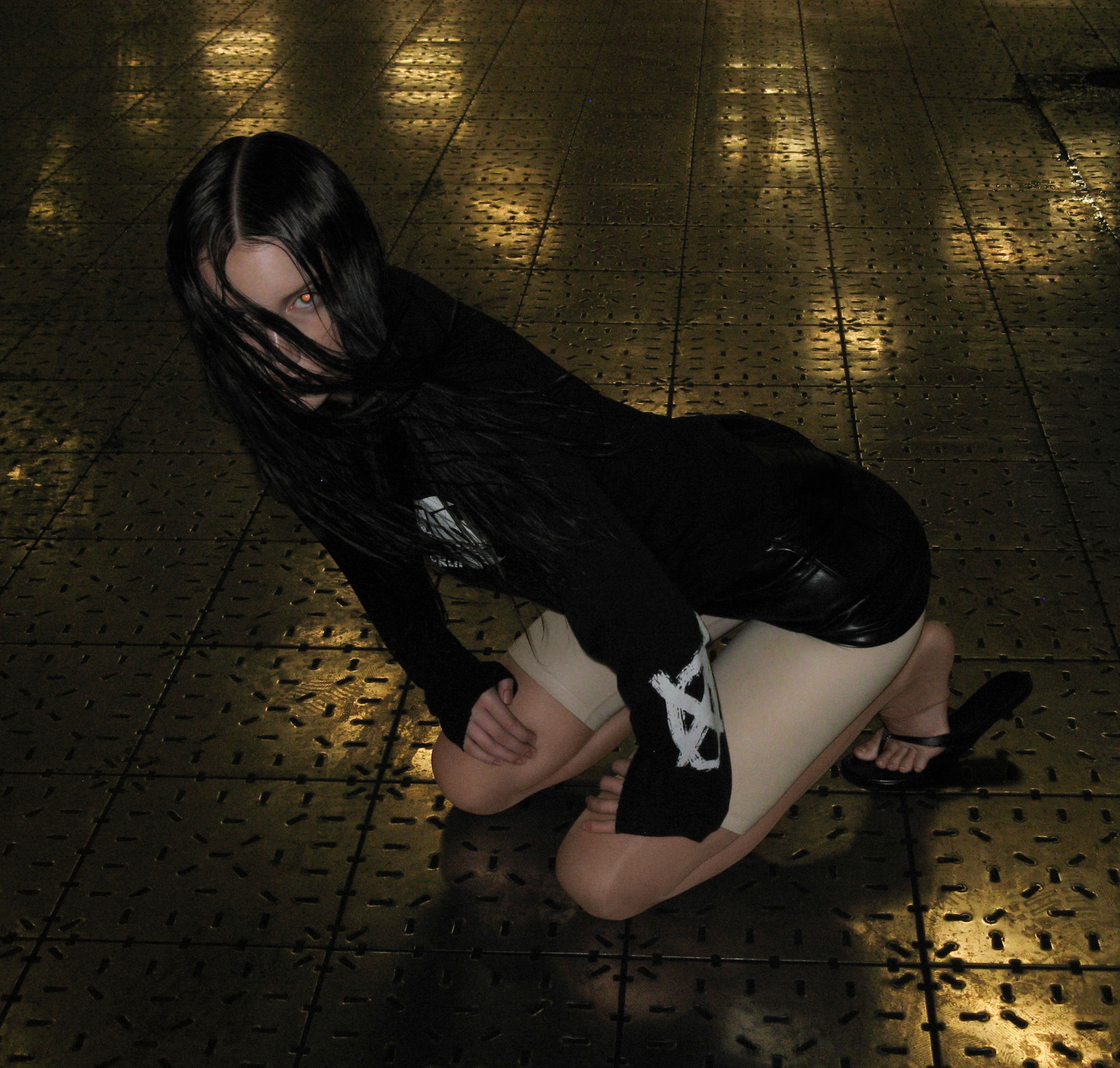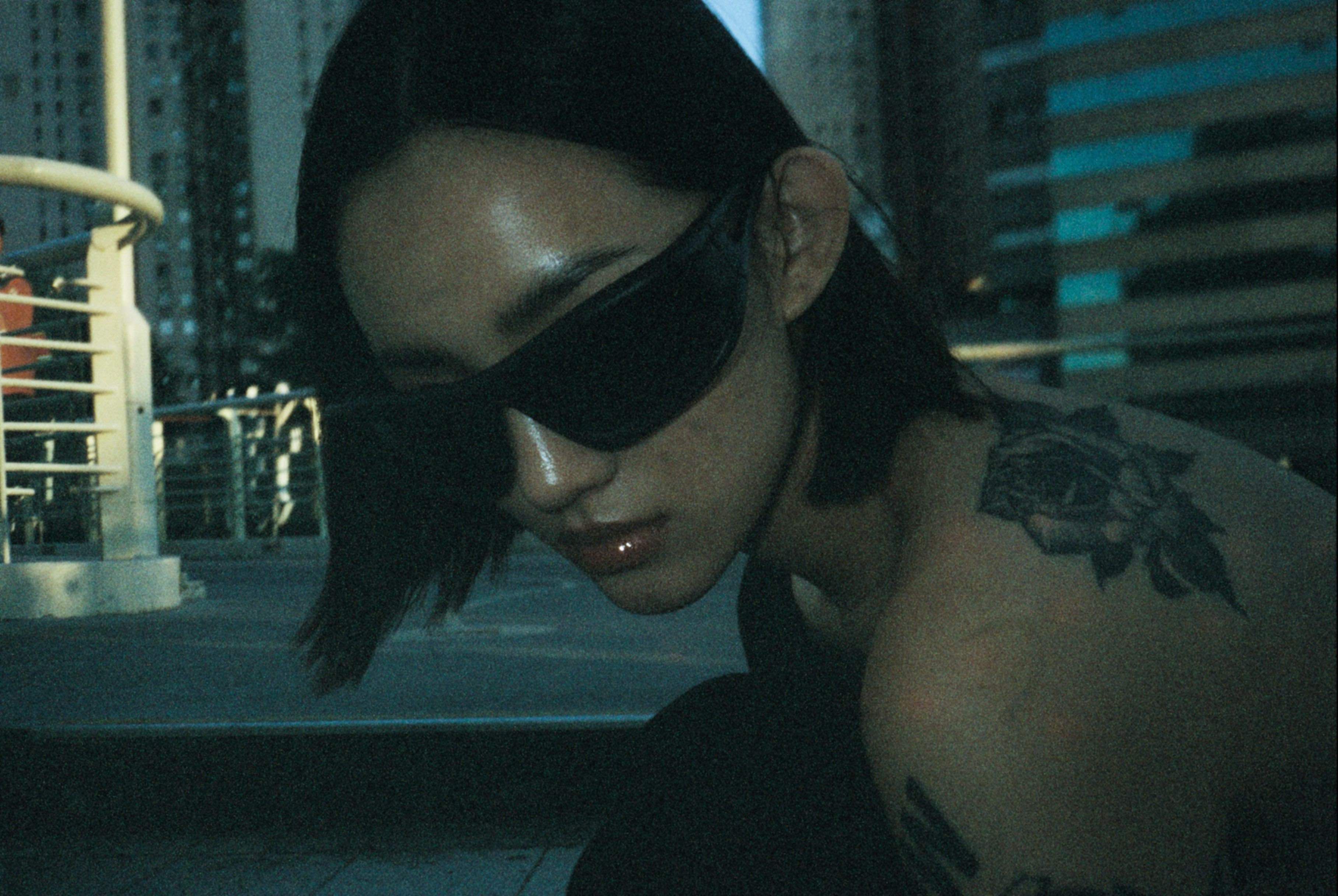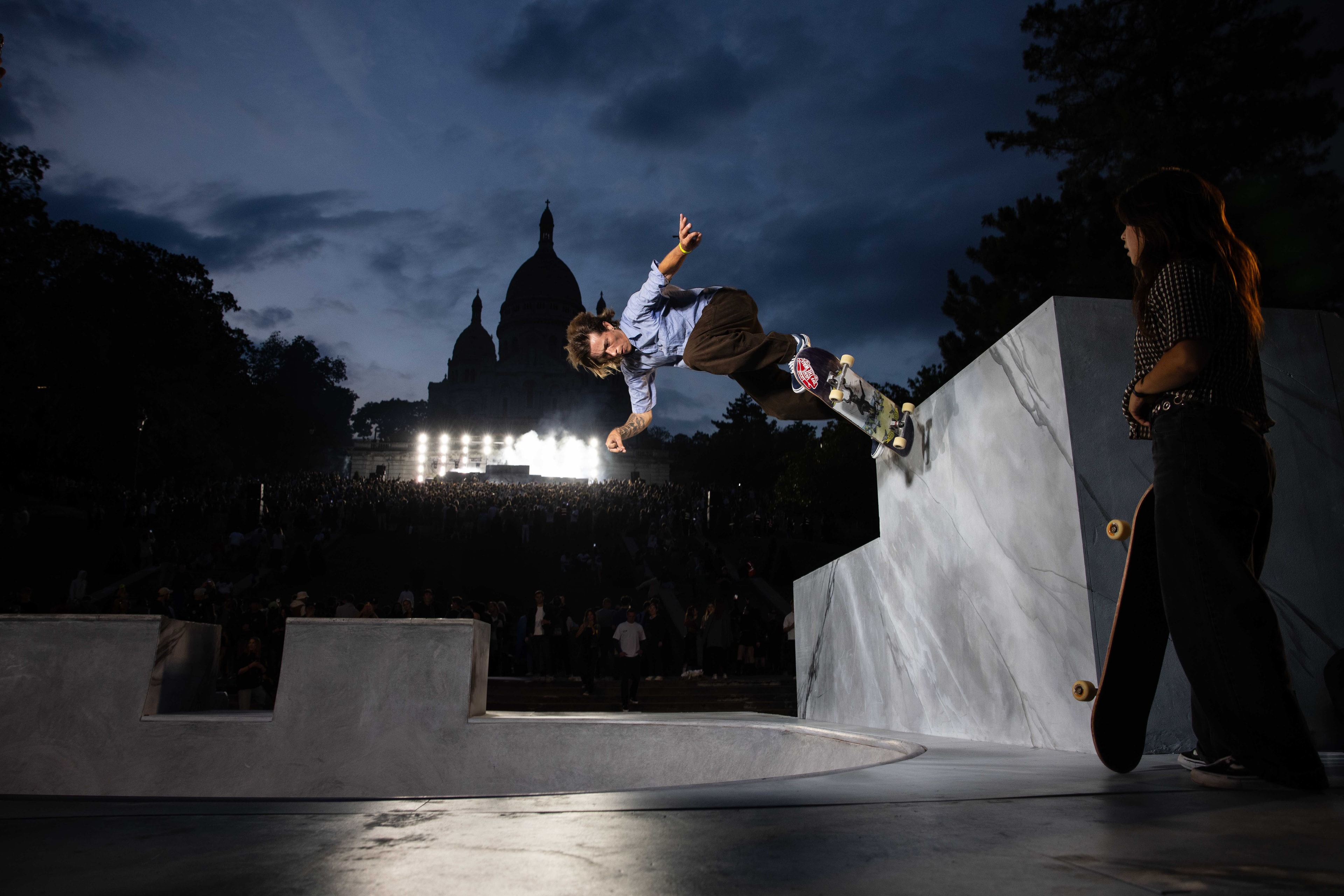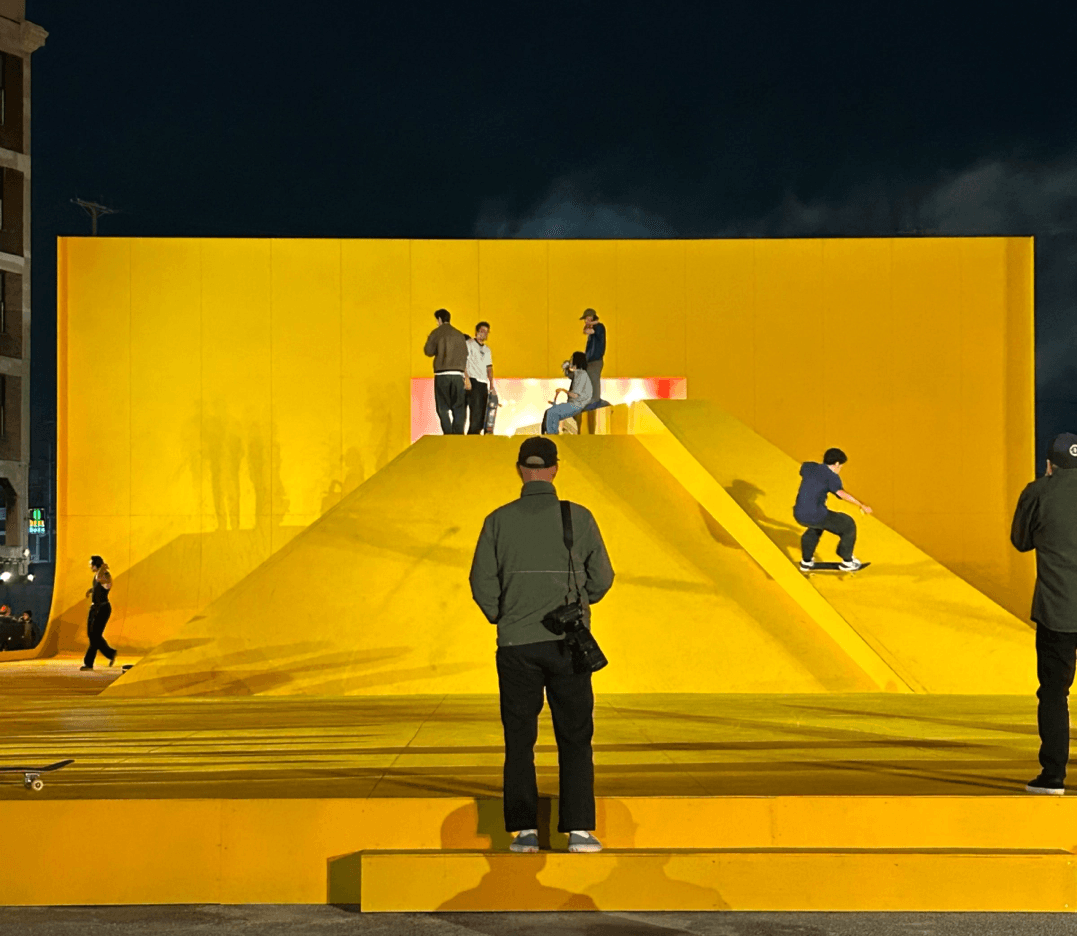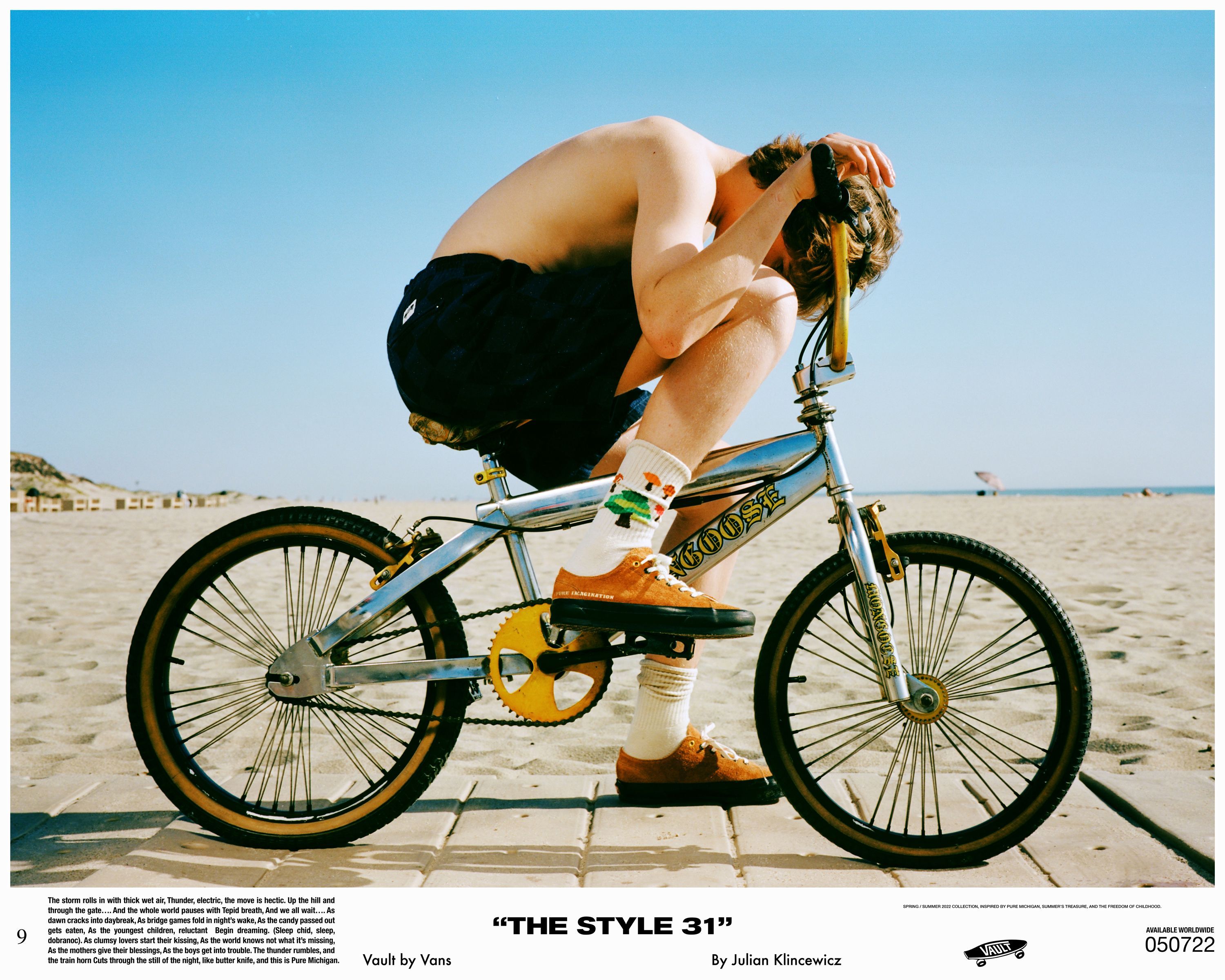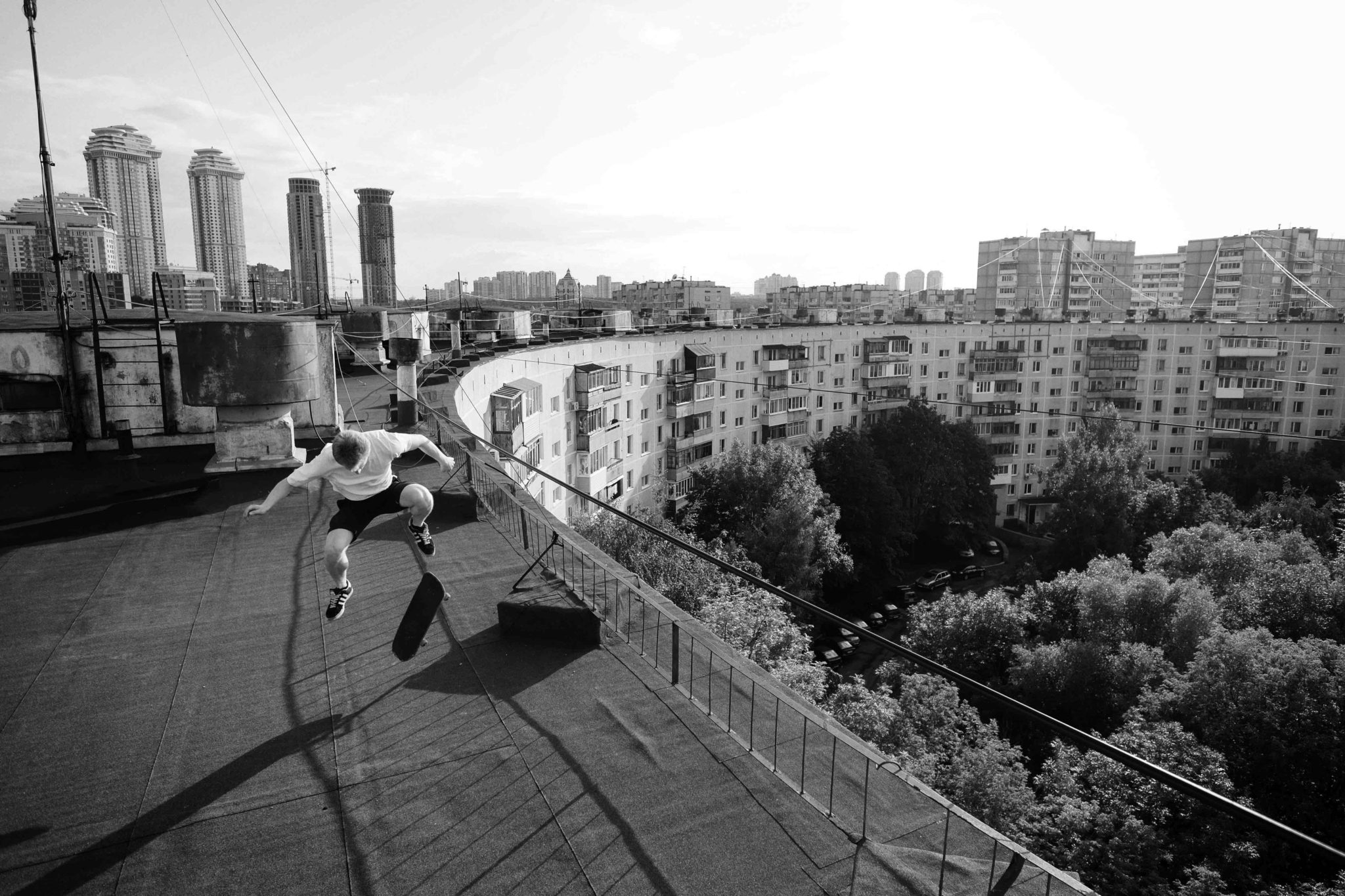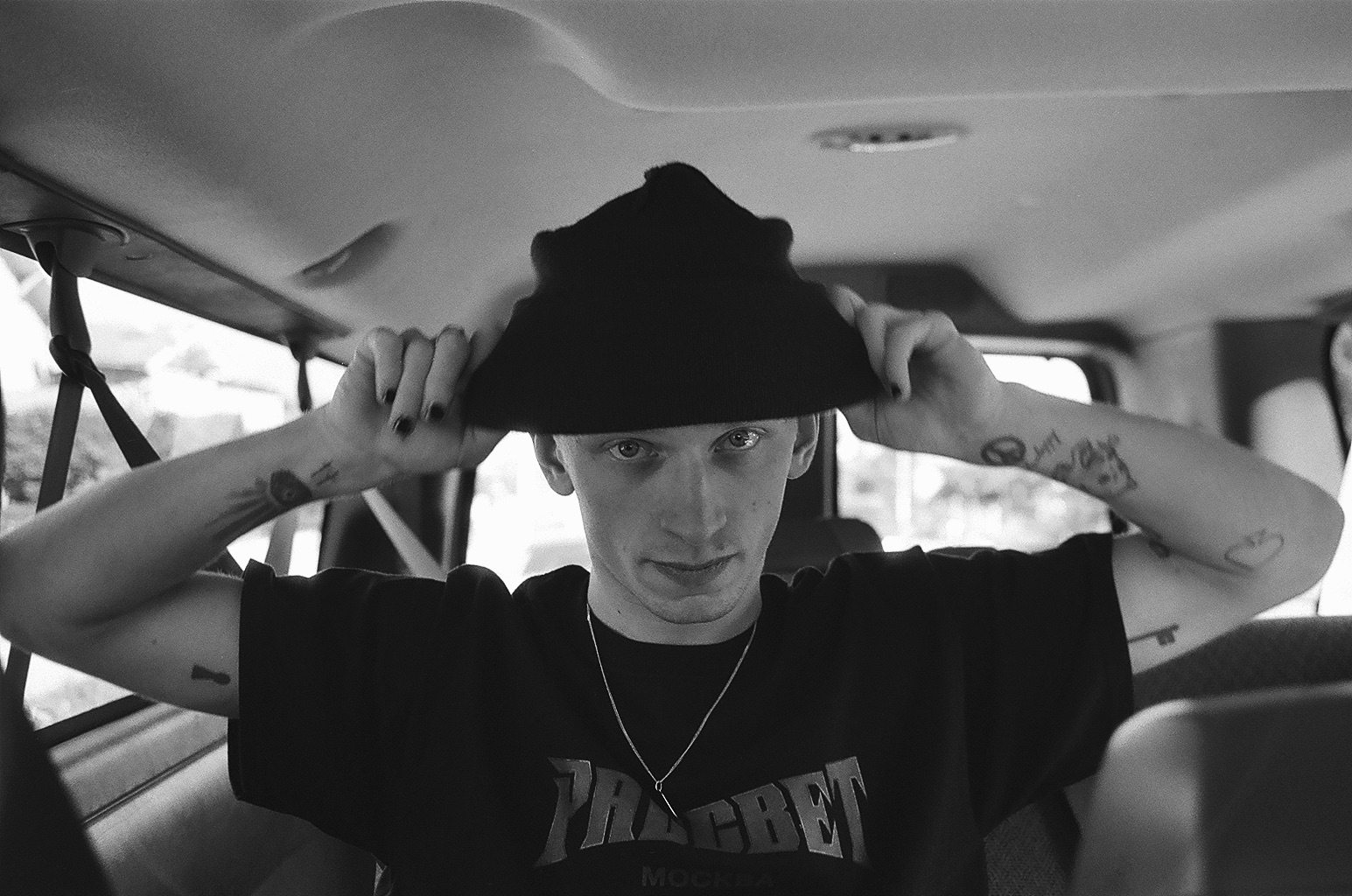Mathematical Skateboarding with Ishod Wair
|AGNES MAGGIE SHU
Ishod Wair’s obsession with skateboarding borders on the mathematical—he counts each time he lands or misses a trick, and before getting on the board he calculates a success rate based on his tally that day, week, and month.
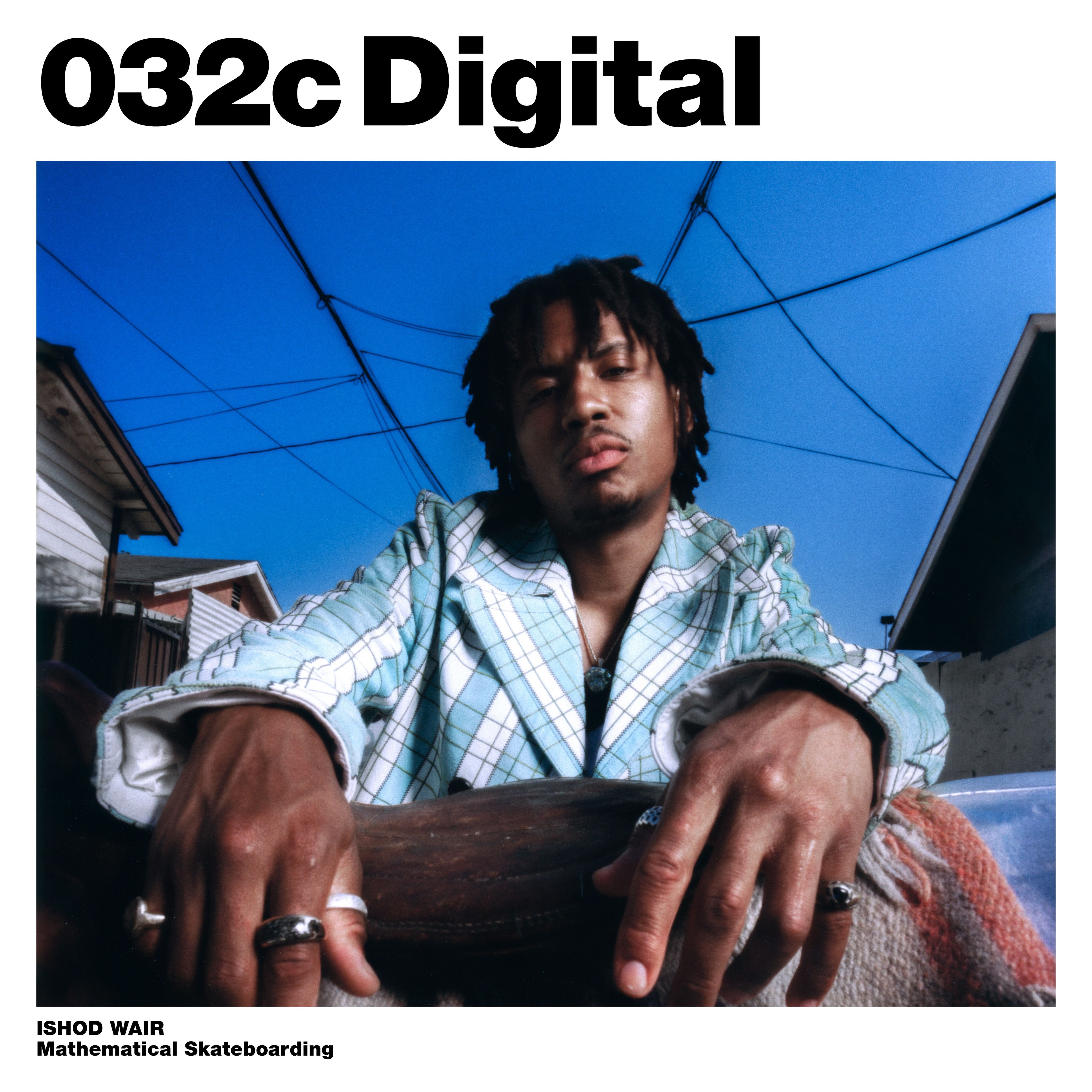
jacket MARNI
jewelry THE CROWN COLLECTION
Wair calls it his “skateboarding eye.” It bleeds into his worldview—the ways he sees the asphalt in France, the density of wood in America, and the difference between stones in Italy and Greece.
Growing up as a pro skateboarder means that Wair has known no other reality—he was only 21 when he became the first Black skater to win Thrasher’s Skater of the Year (SOTY). There are few others who have witnessed the ebbs and flows of celebrity culture and the influence of social media on skateboarding the way Wair has. And although Wair has two Nike SB signature shoes and sponsorship from Monster Energy, perhaps what has actually earned Wair his clout is his disinterest in these tangible metrics—Wair instead does things for “XP.” His movements on-and-off the board are characterized by a lust for realness, hardened discipline, and occasionally soundtracked by MF Doom (see his “Spitfire” clip for Thrasher)—and Wair personifies what it means to be successful when success is no longer a quantifiable affair.
To put it simply, Ishod Wair is steezy.
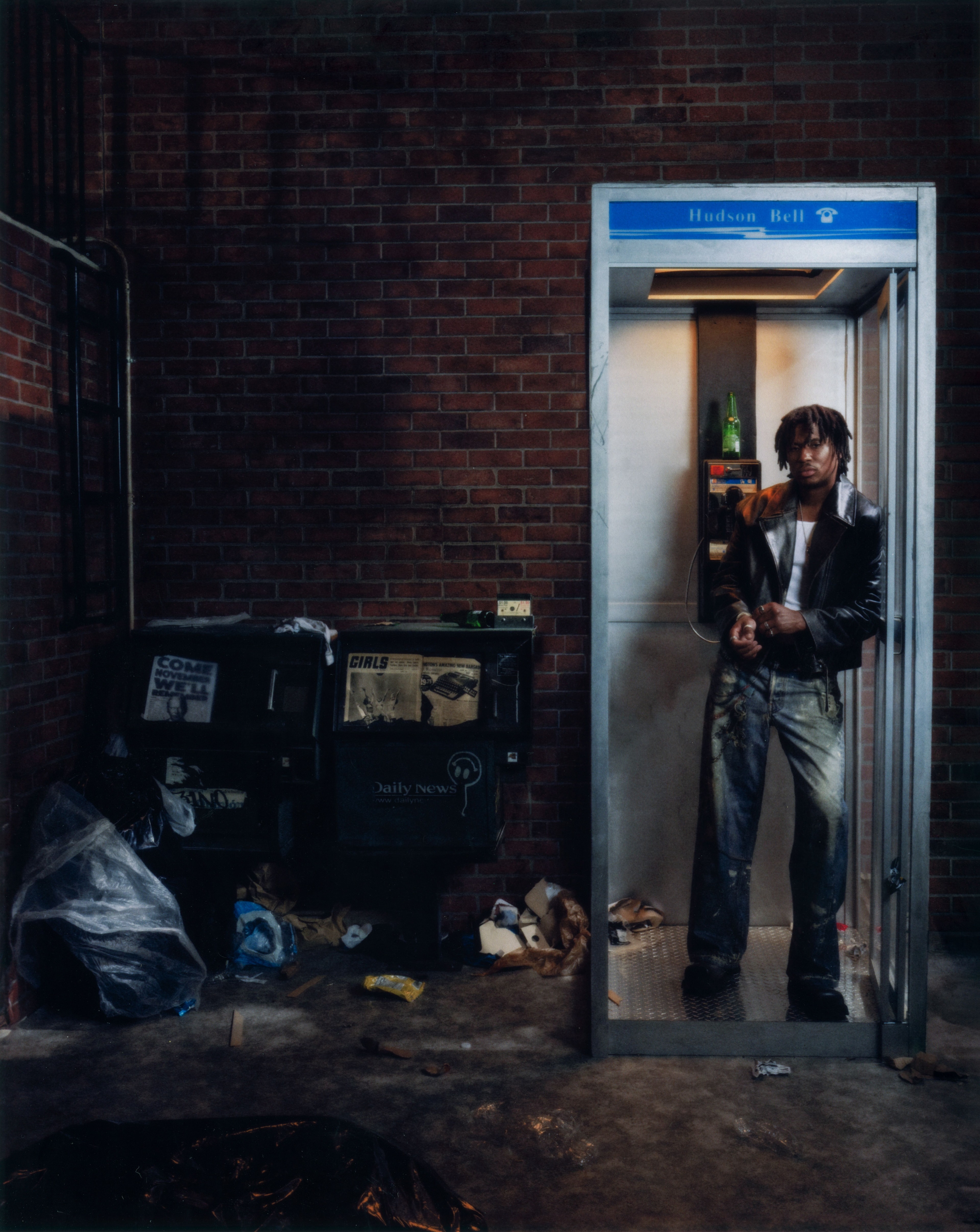
full look ACNE STUDIOS
jewelry THE CROWN COLLECTION
AGNES MAGGIE SHU: You’ve mentioned elsewhere that you skate less now as a professional skateboarder than as a hobbyist. I’m curious as to how celebrity culture has affected skateboarding.
ISHOD WAIR: It’s like going around kissing babies, you know? You got to do your business and shake hands. Until last year, I had never been injured, so it was easier to spread my time out. Now I’m finally able to skate again—but because I was off the grid for so long, I have to go to all these different places. It’s challenging. People want your presence.
I’ve been pro since I was 18, and now I’m 32. When I was younger, I was so heavily contracted that I was just wearing all of my sponsors’ stuff, because I hadn’t figured out my own style yet. People would say that they saw me in places but it wouldn’t actually be me—it would be a starter pack of myself. Brands obviously try to capitalize on the people that they sponsor, and almost try to clone them, because they want people to buy what they’re wearing. But that ultimately takes away their individualism.
AMS: All you want to do is skate, but to do that, you have all these other things that delay skating.
IW: It’s a double-edged sword. I’m just hyped to be skating again. That’s it. I’m traveling around, and I’m now able to dip into things other than the skateboard eye.
AMS: What do you mean by the skateboard eye?
IW: You look at everything in a way that you want to skate it all. You look at angles, you look at material, you look at how smooth the ground is, all the details that people aren’t paying attention to. Everybody else is walking around, just sitting on stuff. Skateboarders physically use it. The handrail—it’s made out of brass, which means it’s a softer metal. We experience the world in a different way, because we can actually use it all. Everything in our conscious world is something we can use to skate.
AMS: It’s an architectural way of viewing the world.
IW: It 100% is. We literally can’t help it. We have a compositional view of the world, its materials, its structure, its presentation. It plays into the way that we move, always thinking about the perception and visual composition of yourself when we shoot clips.
In Australia, I know that the tree trunks are denser, meaning they use a higher quality wood for their city infrastructure, and so everything is made with their grinds. If you come across a random spot in Australia, there's a 95% chance that it’s going to grind well.
The terrain in Europe compared to North America is different, too—more banks, sculptural plazas, spots with unique materials. Skaters in America just jump down the biggest thing possible. Skaters in Europe don't do tricks with the biggest impact, but they do tricks where they really use their brain.
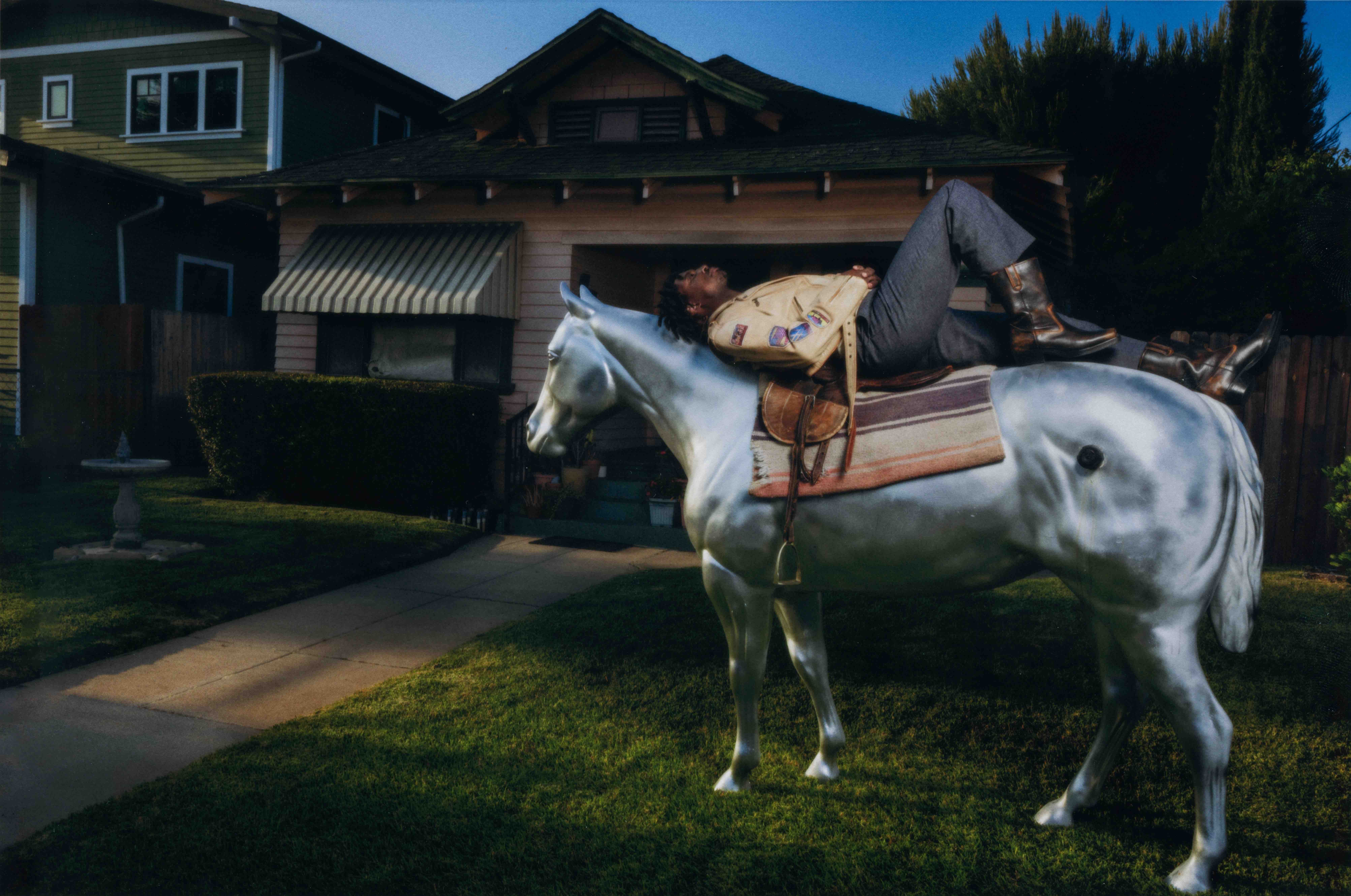
full look GUESS USA
AMS: So, skateboarding can’t be separated from the streets.
IW: I don’t think there’s any way that it could be. Being able to walk outside of your house and just let go and skate—that is the most natural, organic thing, and what is so amazing about skating. You can walk right out of your door and skate on your front porch. No rules.
You can be the sickest contest skater in the world, but if you don’t skate street, nobody’s going to respect you. Nyjah [Huston], Yuto [Horigome], they’re gnarly street skaters. If anybody is doing stuff in contest and doesn’t have good street footage, people don’t really give a fuck. You have to be in the streets.
AMS: I suppose skateboarding being introduced to the Olympics is the very opposite of the street culture that skateboarding is based on.
IW: The streets are where skating came from. With it being more mainstream, being in the Olympics, countries want to put time into skating, but they don’t understand that street skating is everything.
AMS: What do you think? Should skateboarding be in the Olympics?
IW: I think that being in the Olympics makes it more mainstream, and that makes it easier for people like me to do what I love to do.
At this point, I’ll take my life being easier, and not have somebody trying to push me down stairs when I’m skating a spot at a building because now, they’ll have seen that at the Olympics. Not having to fight with someone 20 years older than me acting like a fucking 12-year-old.
People are tripping about the Olympics because skating is hard to judge in points, since there’s not just difficulty, it’s style. It’s the angle of the board when you flip it, how you hold your hands when you’re in the air, how you slap your hands when you land. The best skater could do the hardest trick ever, and it could look nasty. You can’t put skating in a box.
AMS: Skateboarders are defined by the clips they produce—which essentially makes you as much of a content creator as it does a professional skateboarder.
IW: You can’t do it yourself. If you really want to film it well, you need to team up. You could be the best, but you can’t be seen unless you have somebody out there filming with you. I've grown into it. When you move around and shoot photos, you already have this perception of yourself. Now I have more of an eye for things and I’m directing people where to film me—and it’s led me to get into photography very deeply, so that’s been really fun. I brought a lot of things from skateboarding to photography.
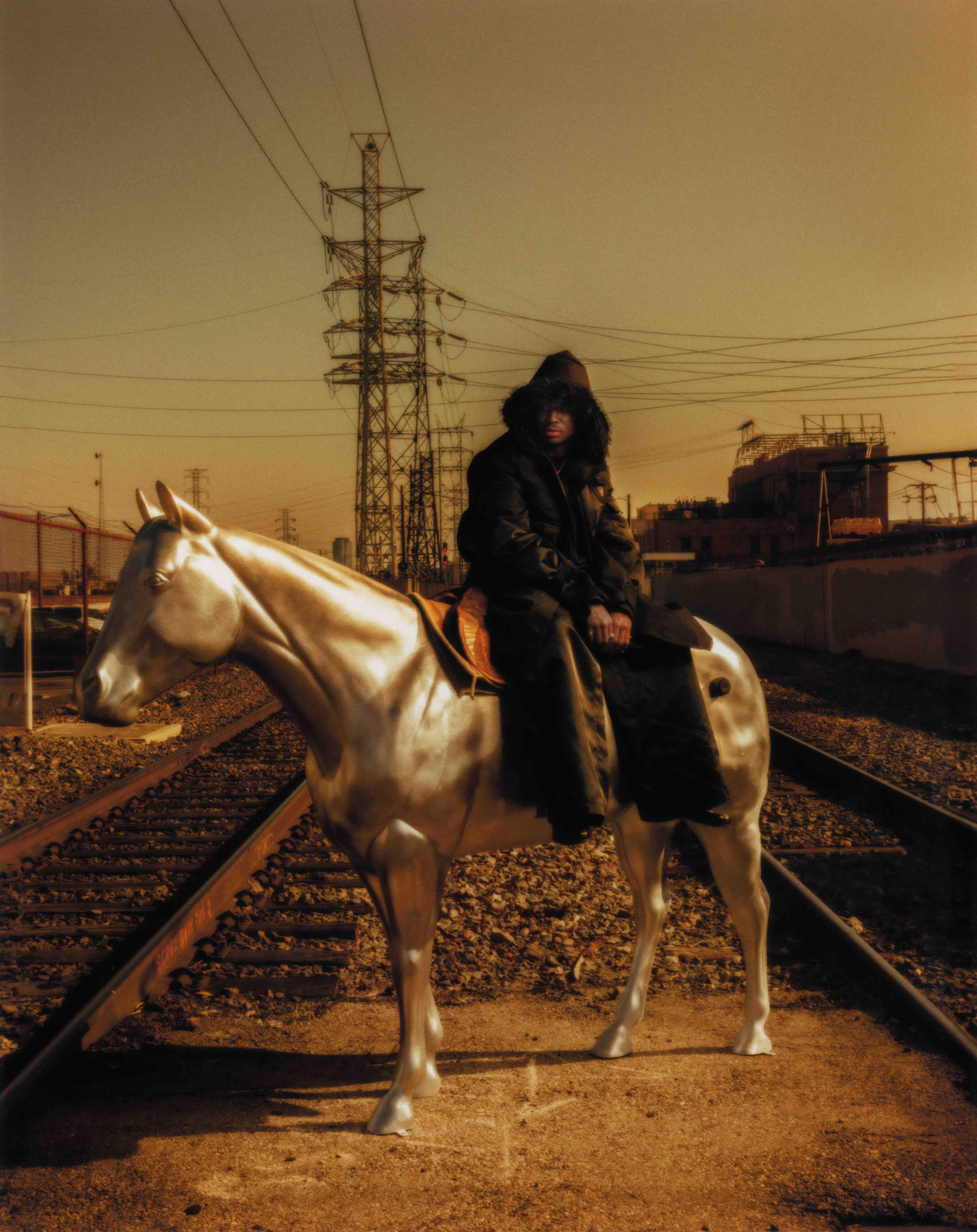
full look SACAI
jewelry THE CROWN COLLECTION
AMS: So, skateboarding has led to your next obsession—photography. I suppose photography mirrors skateboarding in that it’s deceptively technical, and even mathematical.
IW: Now, I have 20 different film cameras. Every trip I go on, I bring different cameras with me, so it forces me to shoot in a different way that I don't normally shoot. There’s a Nikon F3, a Fujifilm GF670W. I have a film fridge with I don't even know how many different types of film. I have a condo that I’m turning into a creative space, and I have a darkroom in there. Not wanting to focus on just one thing, whereas most people have their niche.
AMS: Do you think the absence of social media when you grew up made it easier or harder for you to break in?
IW: I grew up with this shit, and I couldn’t go on Instagram and see my favorite pro skater every day. I had to wait for a magazine or video to come out. I wouldn’t know about footage until a year later when it was published in a magazine. Skateboarding is just on a different platform now, which has a large part to do with how quick people are progressing nowadays, too. It’s changed the trajectory of how fast people put out footage. When you post on social media and see that it’s pushing the level of skateboarding, you can immediately aspire to that.
AMS: Do you care about following social media trends?
IW: If anything, I start trends.
Credits
- Text: AGNES MAGGIE SHU
- Photography: NERI
- Creative Direction: BE WILLIAMS / NERI
- Fashion: BE WILLIAMS
- Talent: ISHOD WAIR
- Art Direction: BENNETT BARBOSA
- Production: PARALLEL STUDIOS
- Executive Producer: ANUAR ALY
- Executive Producer: TONY PALOU
- Lighting Director: KHASHI TAHAMTAN
- Photography Assistant: THOR PEDERSEN
- Digital Technician: IAN BUOSI
- SLT: NOLAND WOODWARD
- Production Designer: MIGUEL AGUIRRE
- Key PA: ANDRES PALOU
- Talent Agency: AP STUDIOS
- Talent Agent: ALEXANDRA PREUSCHE
